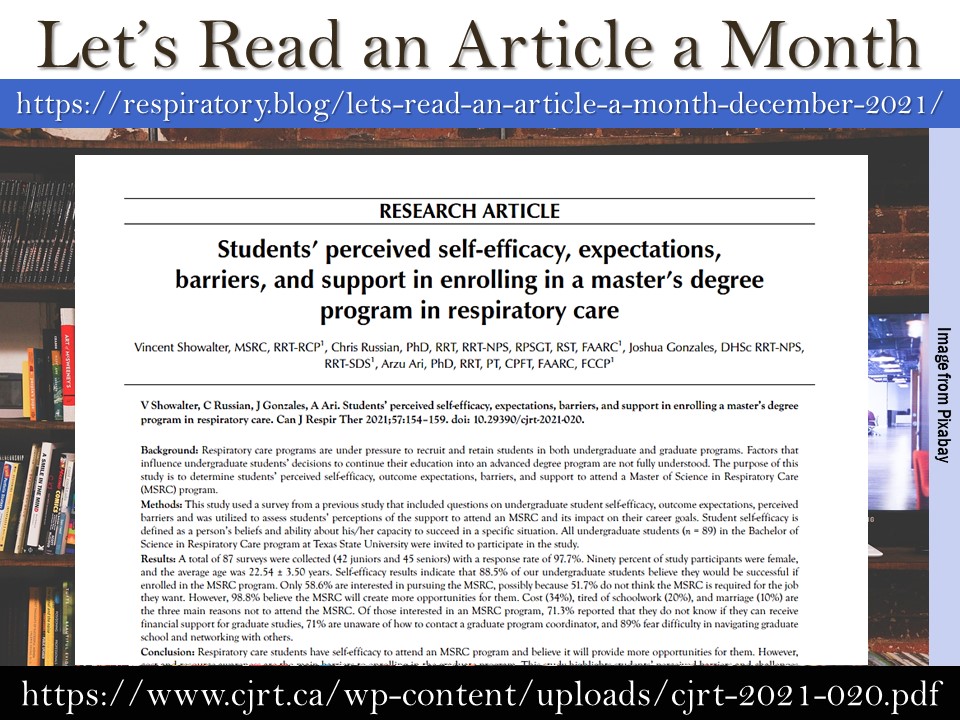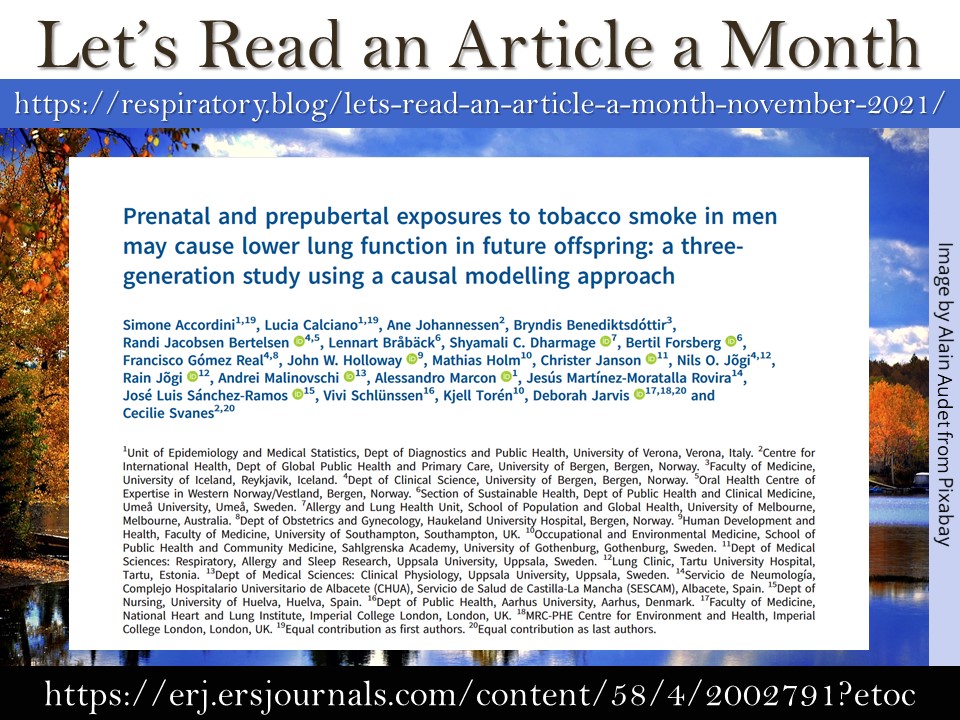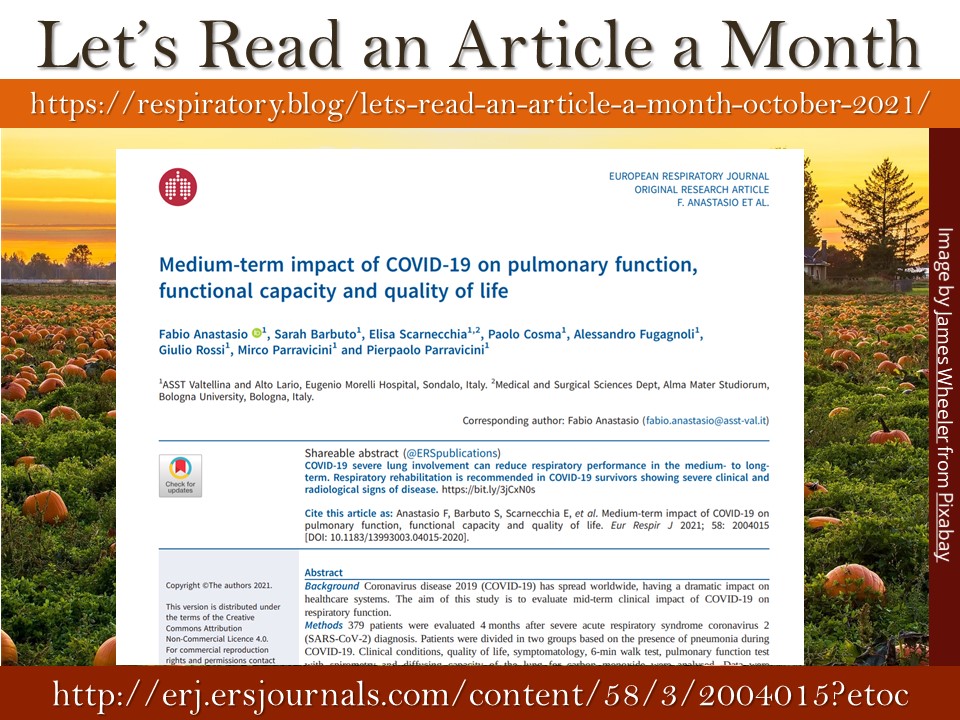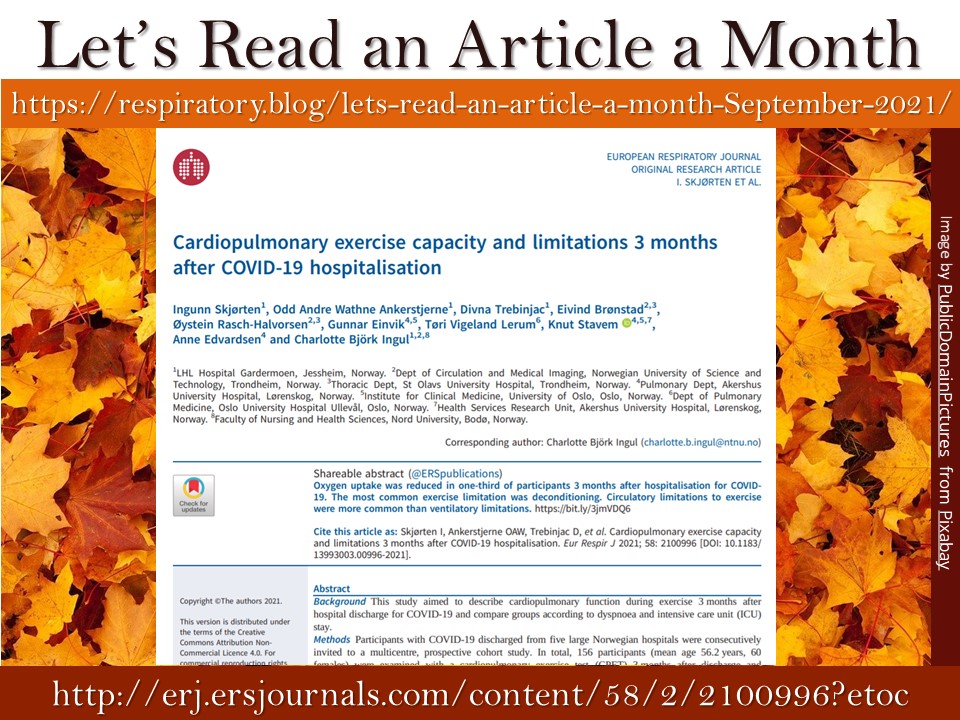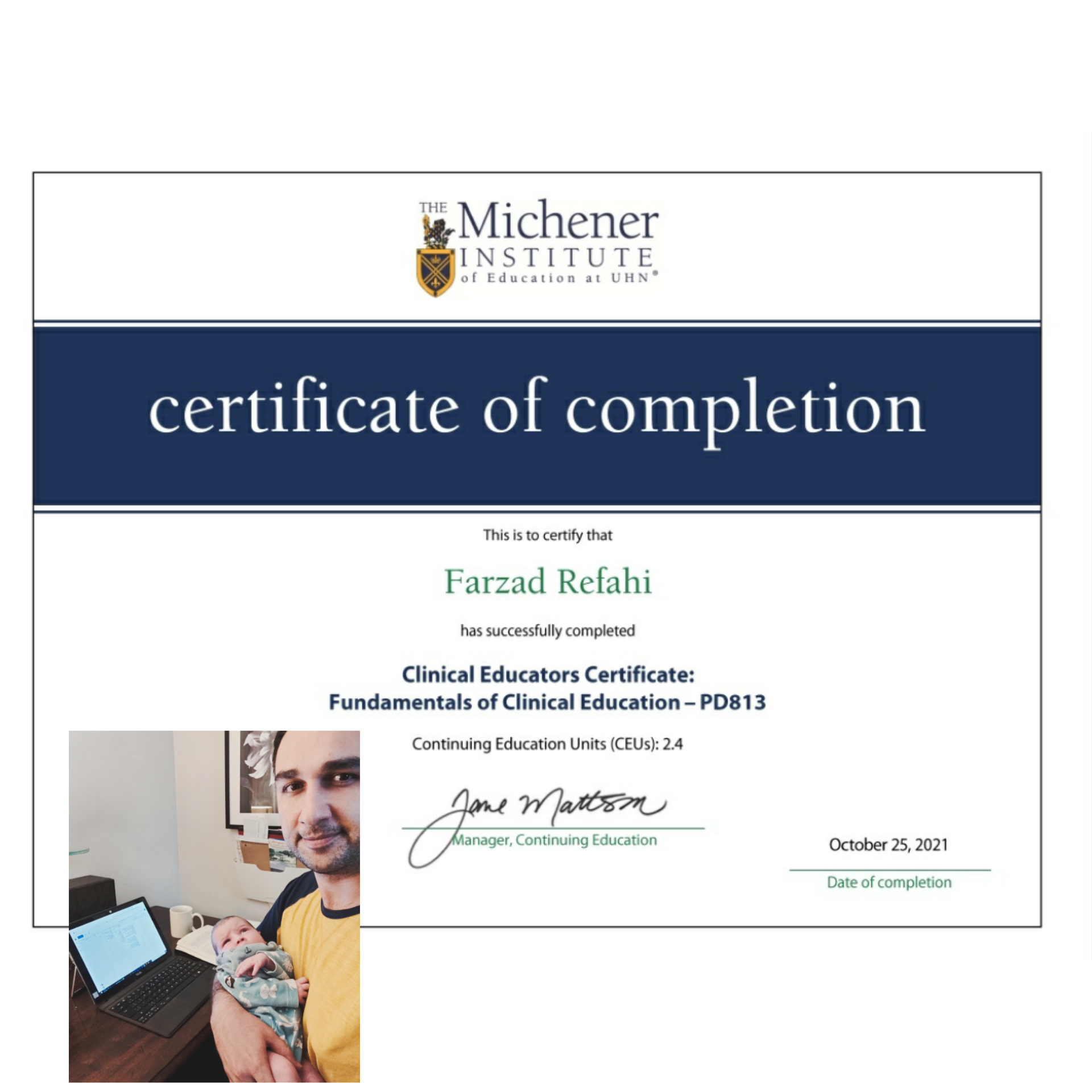
“This course has allowed me to understand myself better and shed light on my strengths and weaknesses as a facilitator. I have also learned about elements that make one a good educator. This knowledge has allowed me to identify my past great preceptors, and look up to them as my role models. In addition, this course has taught me various coaching approaches, frameworks and tools to implement at work with my students.”
October 22, 2021
The above quote is the summary paragraph from my final assignment submitted for the Clinical Educator certificate provided by The Michener Institute at UHN (PD-813). I greatly value the systematic, useful and real-life coaching and feedback strategies and techniques taught in this class.
Why am I posting about it?
I wanted to bring attention to the importance of supporting students and how important it is to do it right. By posting about this I hope to nudge and remind those who were planning to attain additional training in this topic.
What was not mentioned in the final assignment is the fact that my father unexpectedly passed away from a massive heart attack 3 days after I enrolled in the course. There was no way that I would have had the time, priority or concentration to complete the course at that time. I am thankful to the Continuing Education team at The Michener Institute at UHN who accommodated me by extending the deadline. Months later I began studying the content again. Having a newborn made things challenging once again, but I managed to enjoy and complete the course. If I was able to complete this certificate under my circumstances, I am sure you can as well.
Farzad Refahi
Dec 4th, 2021
https://respiratory.blog/clinicaleducator/
